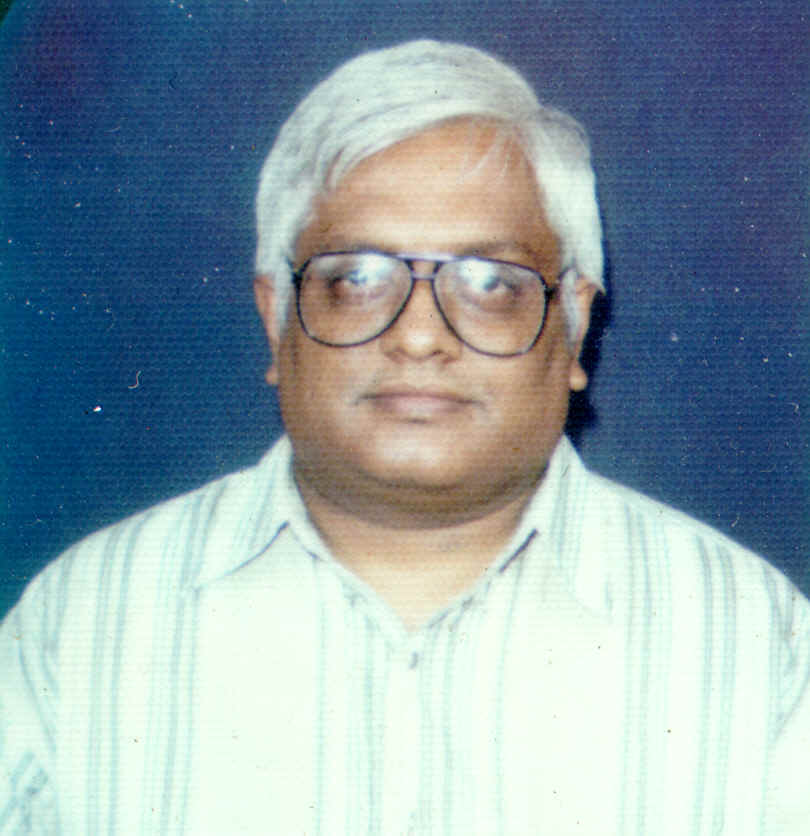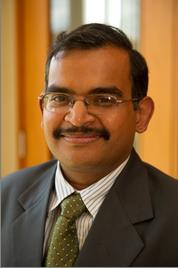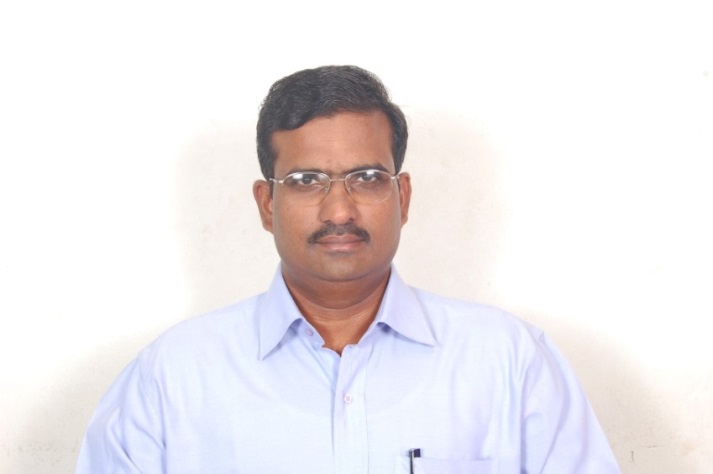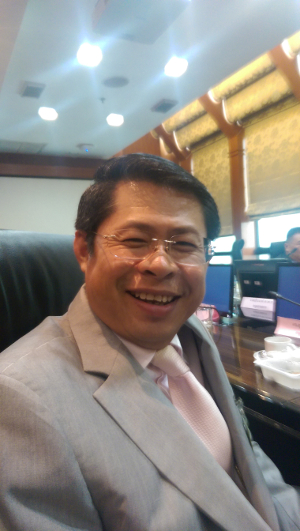MIWAI'2014
The 8th Multi-Disciplinary International Workshop on Artificial Intelligence
Publication
 Proceedings of MIWAI 2014 will be published in Springer LNAI series.
Proceedings of MIWAI 2014 will be published in Springer LNAI series.
Flags Counter started on April 25, 2014
Speakers
Prof. C. A. Murthy (Keynote Speaker)
 |
Prof. C. A. Murthy Machine Intelligence Unitarianize Indian Statistical Institute 203 Barrackpore Trunk Road Kolkata - 700 108 India Email: murthy@isical.ac.in http://www.isical.ac.in/~murthy/ More... |
Prof. P. S. Sastry (Invited Speaker)
 |
Prof. P. S. Sastry Room No 235 Department of Electrical Engineering Indian Institute of Science Bangalore-560012 India Email: sastry@ee.iisc.ernet.in http://minchu.ee.iisc.ernet.in/new/people/faculty/pss/ More... |
Dr. B. S. Daya Sagar (Invited Speaker)
 |
Dr. B. S. Daya Sagar Associate Professor & Head Systems Science and Informatics Unit (SSIU) Indian Statistical Institute--Bangalore Centre 8th Mile, Mysore Road, R. V. College P.O Bangalore-560059 India Email: bsdsagar@isibang.ac.in http://www.isibang.ac.in/~bsdsagar/ More... |
Dr. Biplav Srivastava (Invited Speaker)
 |
Dr. Biplav Srivastava Senior Researcher, IBM Master Inventor IBM Research, ISID Campus, Plot No. 4, Block C, Institutional Area, Vasant Kunj New Delhi - 110 070 India Email: sbiplav@in.ibm.com http://www.research.ibm.com/people/b/biplav/ More... |
Dr. P. Krishna Reddy (Tutorial Speaker)
 |
Dr P.Krishna Reddy Program Director, ITRA Agriculture & Food, DietY, Govt. of India and Professor International Institute of Information Technology Hyderabad (IIIT-H) Gachibowli, Hyderabad, Telangana State 500032 India E-mail: pkreddy@iiit.ac.in http://www.iiit.ac.in/~pkreddy/ More... |
Dr. Chattrakul Sombattheera (Tutorial Speaker)
 |
Dr. Chattrakul Sombattheera Faculty of Informatics Mahasarakham University Khamreang Sub-District Kantarawichai District Maha Sarakham 44150 Thailand Email: chattrakul.s@msu.ac.th More... |
Brief Biography: Dr. Sombattheera received his Bachelor of Computer Science from Ramkhamhaeng University, Thailand in 1992. He spent three years working for Control Data Thailand maintaining the AFFIS (Automatic Face and Fingerprint Identification System) project of the Ministry of Interior of Thailand. In 1995, he began his long journey in Australia. He obtained a Graduate Diploma in Computer Science from the University of Western Australia in 1996 and Master of Information Technology in 1998 from The University of Sydney. After that, he worked as a business developer for a couple of companies in Sydney, including Alstom IT. In 2001, the wind of change blew him back to Thailand where became a lecturer at Mahasarakham University—a place near his hometown—and holds his affiliation there ever since. In 2003, he headed back to Australia for his PhD at the University of Wollongong in NSW. His thesis focuses on optimal coalition structure, an important area of multiagent systems, and its application to real world problems. Since his return to Mahasarakham in 2008, he has done both administrative and academic works. In administration, he was appointed as Assistant Dean and Associate Dean for research and international relation. In academic work, he has founded the Multiagent and Intelligent Systems Laboratory (MISL). He and his group have won many research grants from both government agencies and companies in multiple industries. The most recent projects are in defense industry where multiagent systems are very important and useful.
Title: Introduction to Coalition Formation
Abstract: Coalition formation is an important area of research in multiagent systems because it can efficiently handle complexity of problems in the real world. It addresses underpinning theories, known as solution concepts, which bring about stable states to the system. While the complexity of the real world problem has been consistently increasing, classical centralized techniques fall short of ability to handle them. Coalition formation offers distributed approaches, which leverage individual abilities of agents in the system and combine them to unleash the unprecedented power to help solve the complex problems efficiently. In this tutorial, I will cover three classical solution concepts in coalition formation, namely, kernel, the core, and Shapley value. Then, I will show, in my research, how these solution concepts can be applied to handle complexity in real world problems.







 1
1 2
2 3
3 4
4 5
5 6
6 7
7